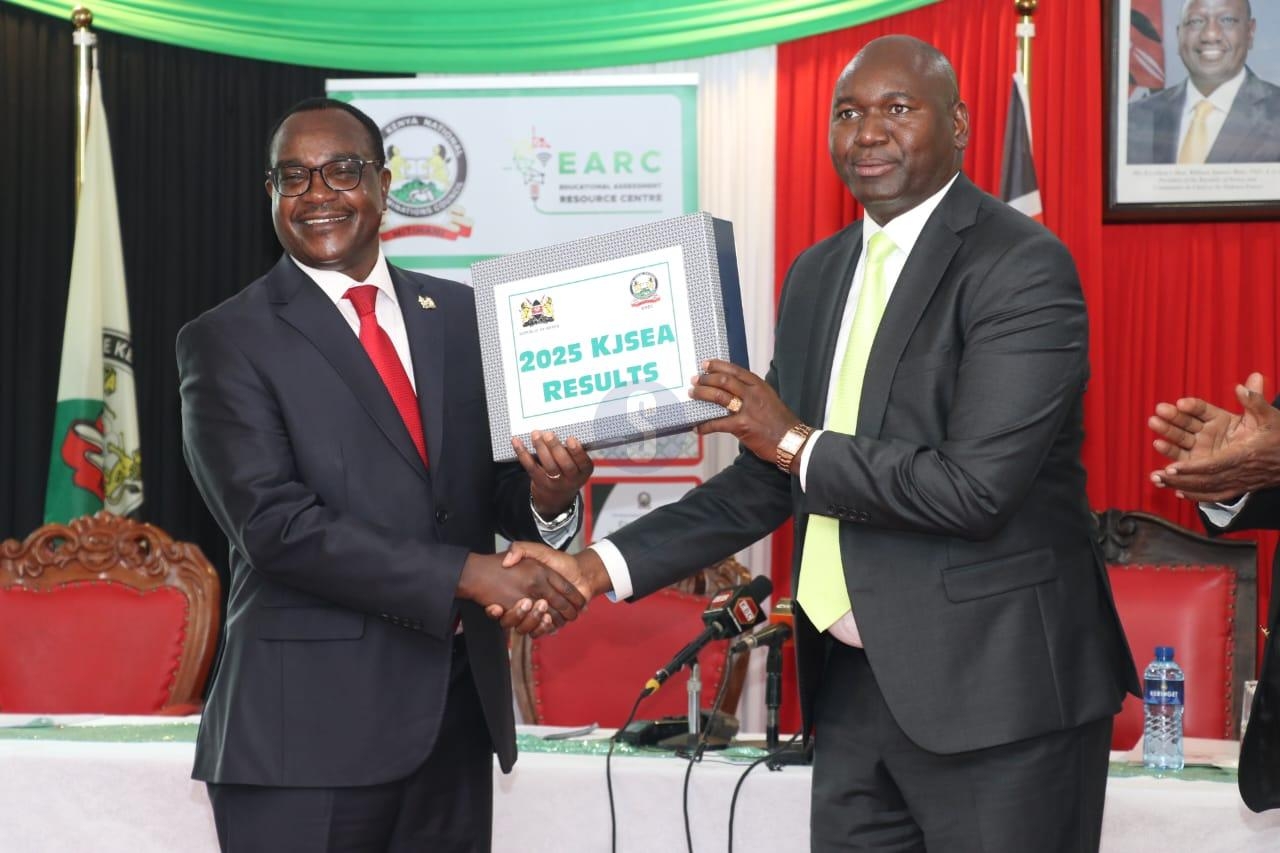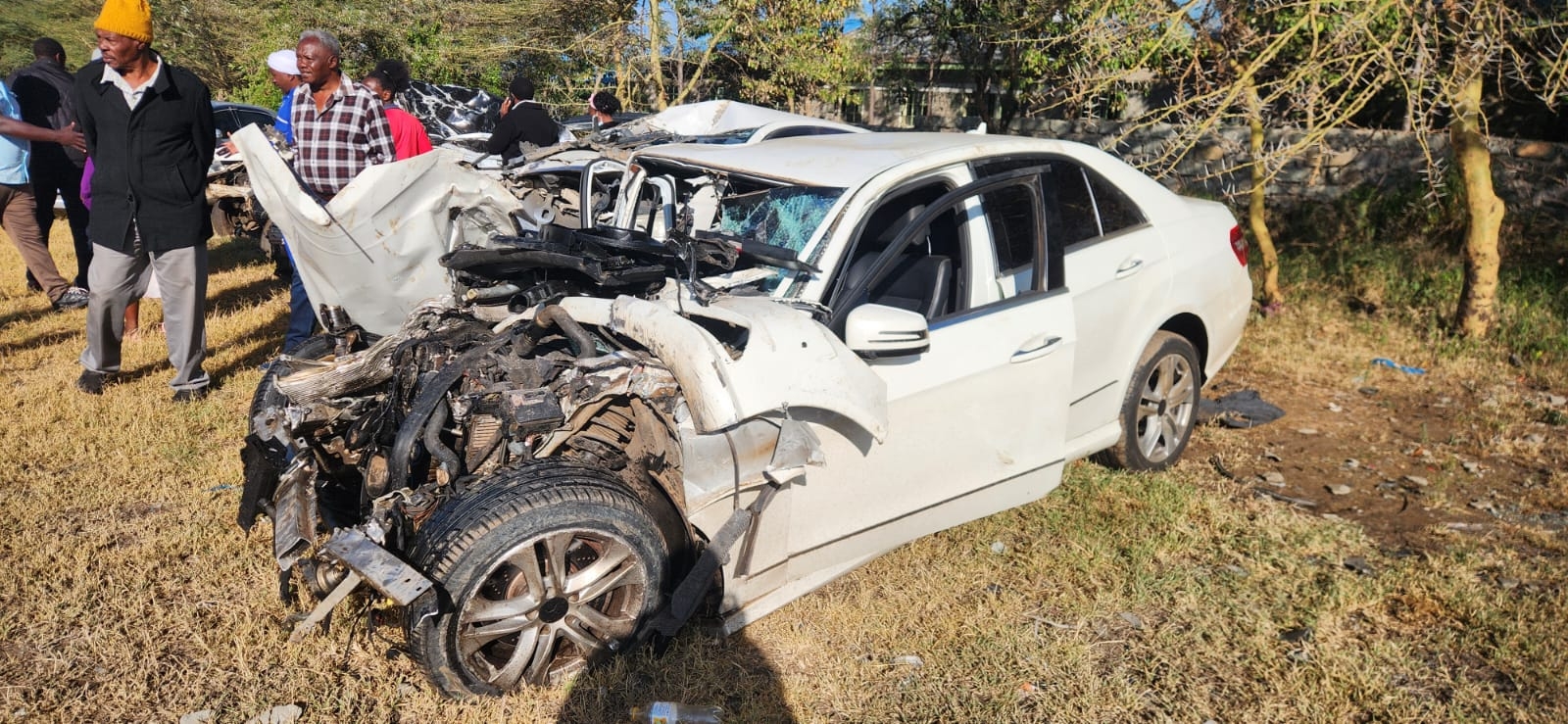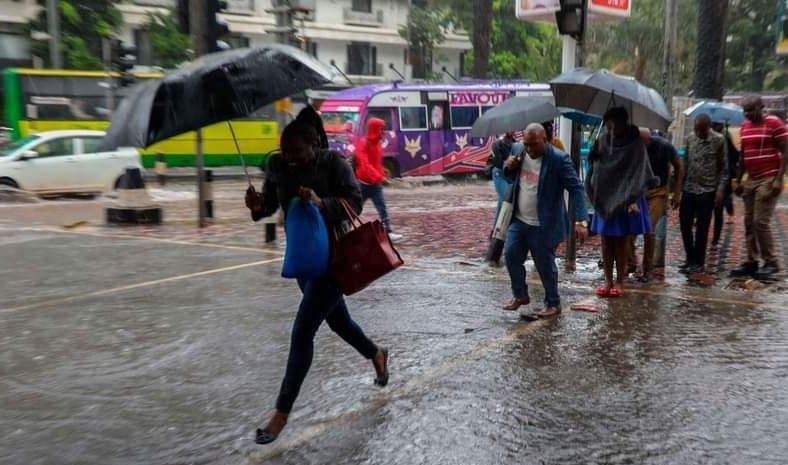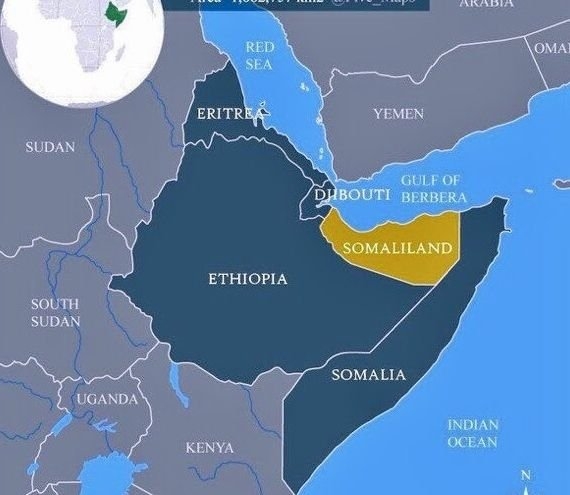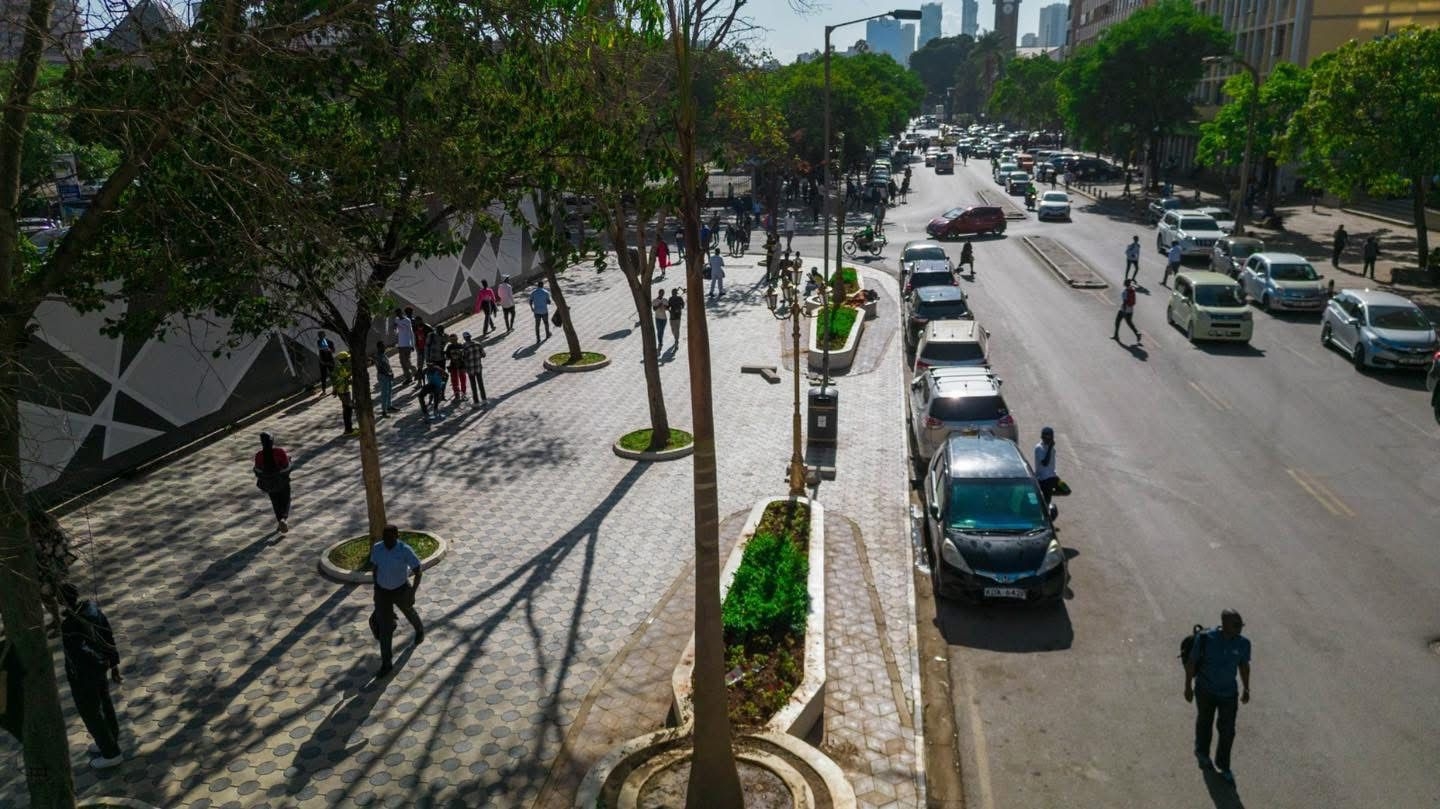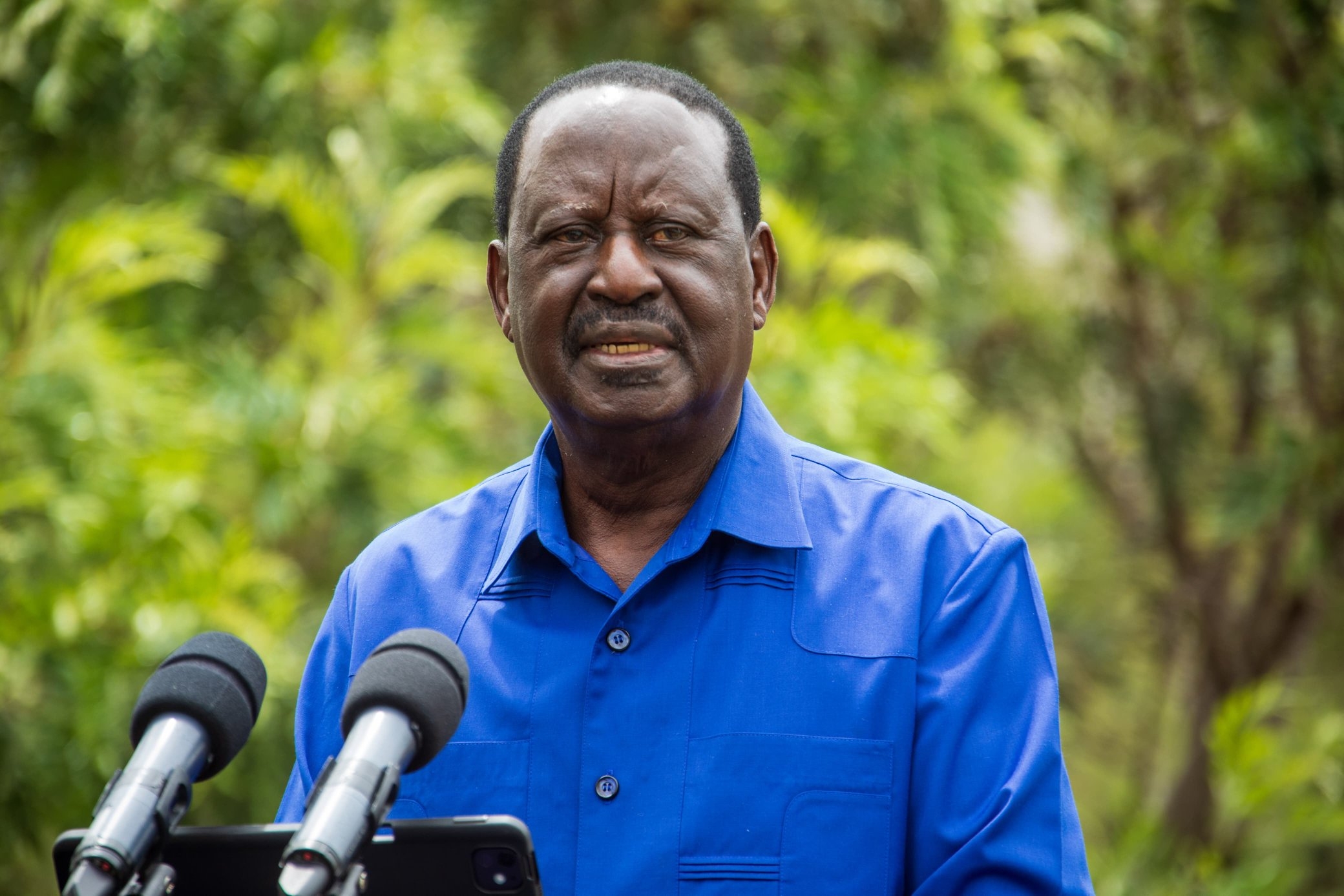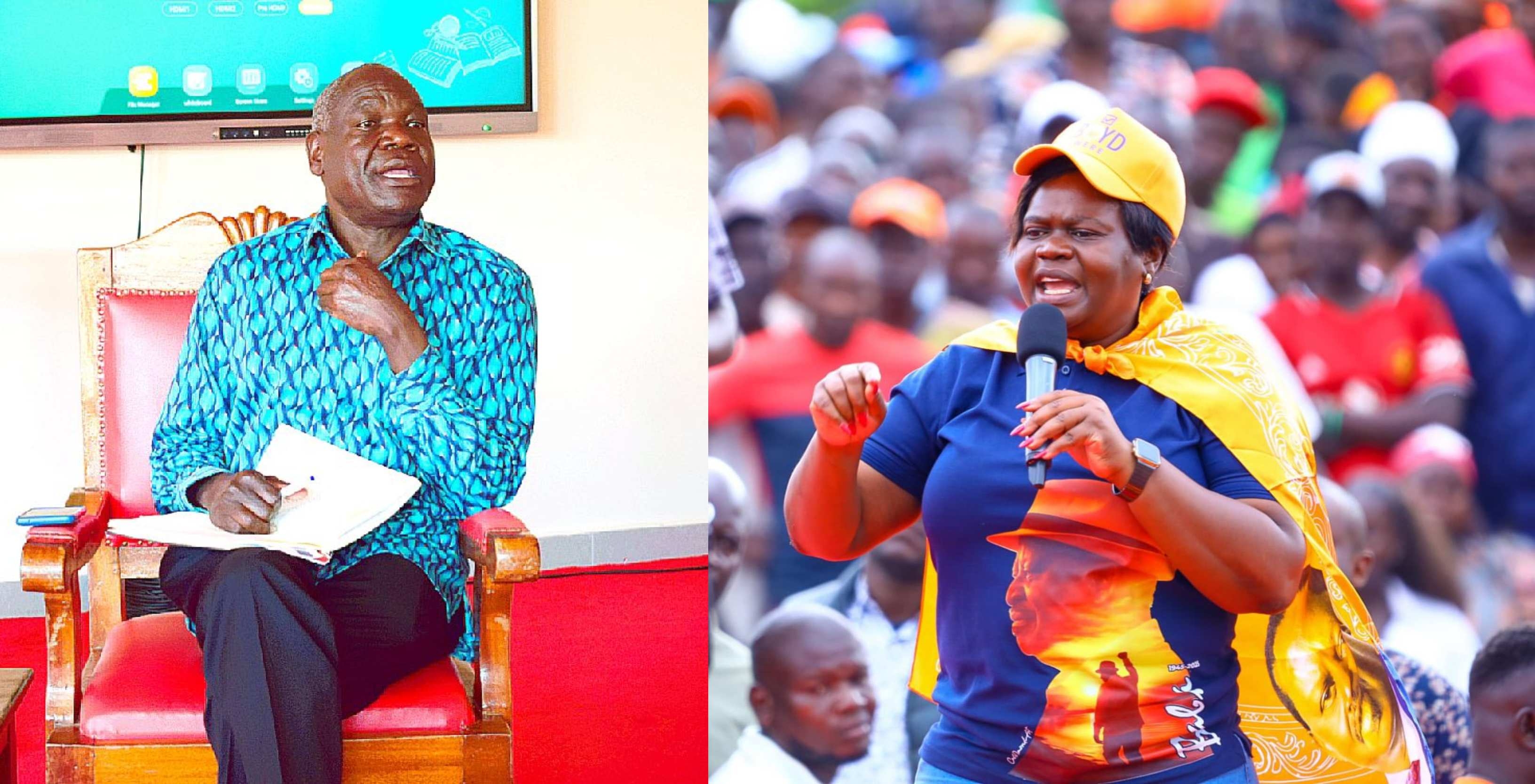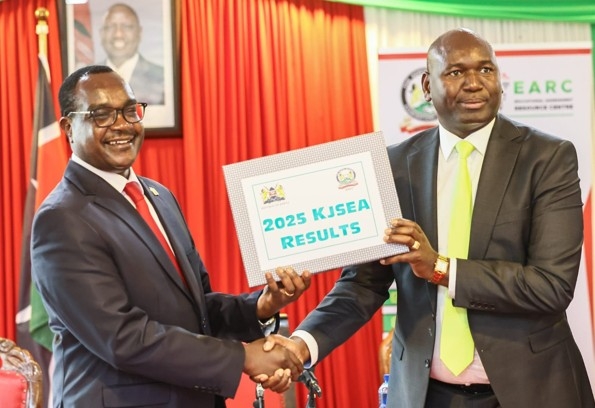
Environment PS Festus Ng'eno, Nakurur Governor Susan Kihika duirng the launch of Mau Marathon.
“As a child, I saw the Mau in its splendour—thick canopies, chirping birds, clear rivers, vibrant wildlife and plenty of rainfall. But I also witnessed its steady loss, shrinking rivers, and the struggles of our people as resources dwindled,” recalls Environment PS Festus Ng’eno, his voice heavy with both memory and urgency.
Decades later, Ng’eno has gone from watching the forest fade to leading its rescue.
He has personally adopted 328 acres in Muchorwe, Eastern Mau—already under restoration—as part of the Mau Forest Complex Integrated Conservation and Livelihood Improvement Programme (MFC-ICLIP).
The ambitious 10-year Sh21.5 billion initiative, seeks to heal Kenya’s largest water tower, restore degraded land and safeguard the livelihoods tied to it.
And Ng’eno is not alone.
From government agencies to corporates and county leaders, institutions are stepping forward to “adopt” portions of the Mau.
The National Environment Management Authority has taken 51 acres, Kenya Forest Service 49 acres, Nakuru Governor Susan Kihika 54 acres, while Safaricom has committed 3,706 acres. In total, at least 4,821 acres have already been earmarked for restoration.
The Mau Forest Complex, sprawling across 403,000 hectares (995,833 acres), is East Africa’s largest Afro-montane forest and Kenya’s most important water tower.
It feeds 12 major rivers—including the Mara, Nyando and Ewaso Ng’iro—that sustain farming, wildlife and millions of households. Its ecological value is estimated at Sh197 billion, making it the country’s most economically significant forest.
Yet satellite images lay bare its scars. In Nakuru county, 64,799 acres of the South-West Mau are gone.
The Eastern Mau has lost more than 82,000 acres, with 41 per cent of what remains degraded. The Molo Forest Block is nearly completely vanished.
Illegal charcoal production, over-harvesting of timber, overgrazing, poor farming practices, forest fires and encroachment have all pushed the ecosystem to breaking point.
To reverse the damage, MFC-ICLIP is targeting the eastern, western, south-west, and Molo forest blocks, blending science with community participation.
Already, 19 tree nurseries have been mapped, boasting 2.2 million seedlings across Kuresoi North, Kuresoi South, Njoro and Molo.
On Wednesday, the restoration drive was given a symbolic push with the launch of the Mau Conservation Marathon in Nakuru.
Governor Kihika pledged her county will restore 60,000 hectares (148,263 acres) of degraded land by 2030. “This is a bold but achievable goal. We will get there by working with local communities, conservationists and the private sector—combining traditional knowledge with modern science,” she said.
For Ng’eno, the work is personal. His childhood memories of a lush Mau are now a call to action. “We cannot watch our rivers dry and our skies close. This forest is our lifeline. Its future is our future,” he said, urging all stakeholders to rally around the programme.
If the adoption drive succeeds, the Mau may yet breathe again—its rivers flowing, its wildlife thriving and its canopies restored for generations to come.
INSTANT ANALYSIS
The Mau Forest Complex story is not just about trees—it’s about survival. As Kenya’s largest water tower, the Mau feeds 12 major rivers, sustains millions, and anchors regional economies. Yet decades of destruction have pushed it to the brink. The bold adoption of 4,821 acres by government agencies, corporates and leaders underlines a rare unity of purpose. With a Sh21.5 billion price tag and a 10-year horizon, the restoration drive blends science, policy and community action. Its success will test Kenya’s ability to balance conservation with livelihoods—and determine whether future generations inherit a thriving ecosystem or a broken landscape.


